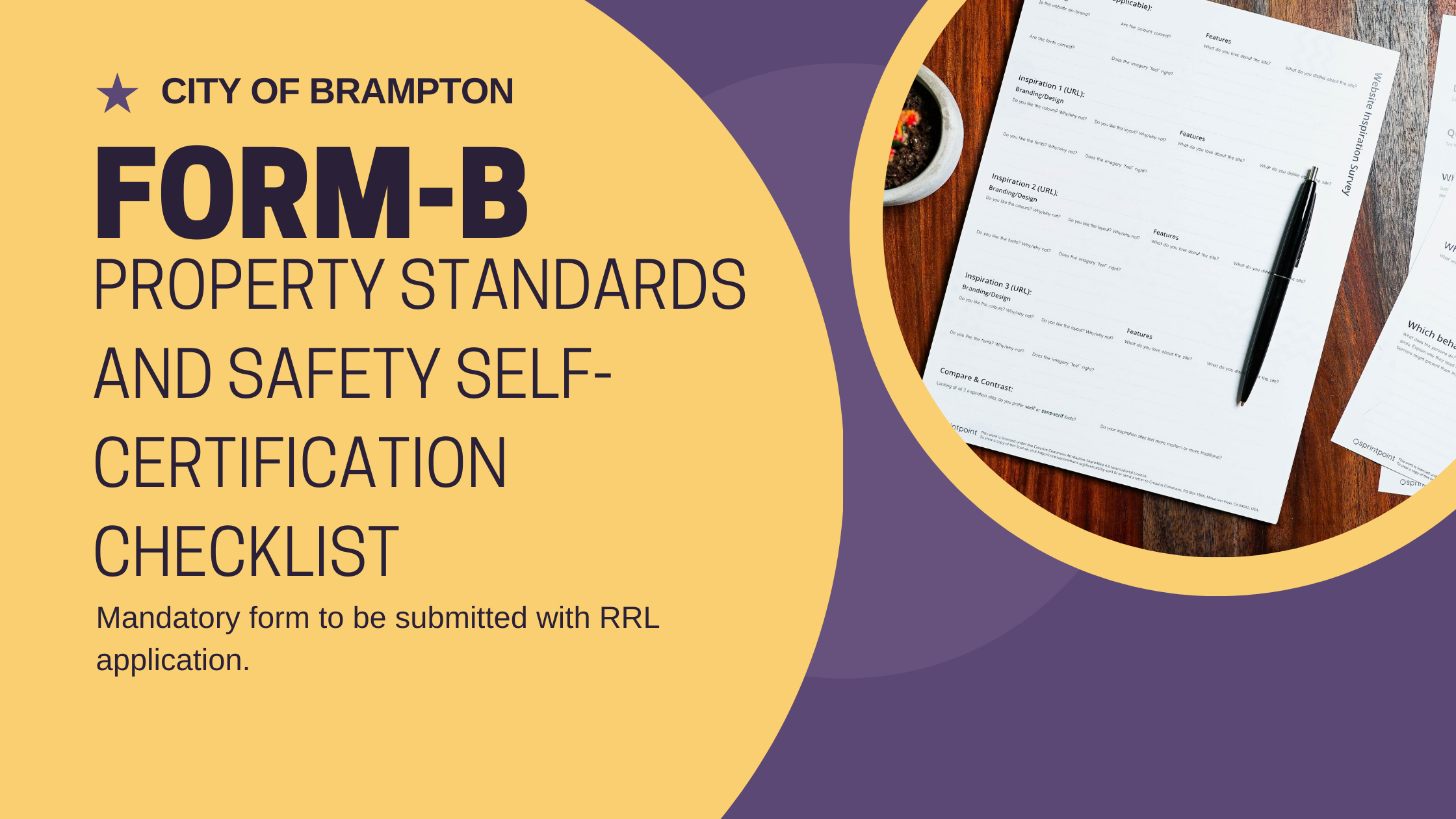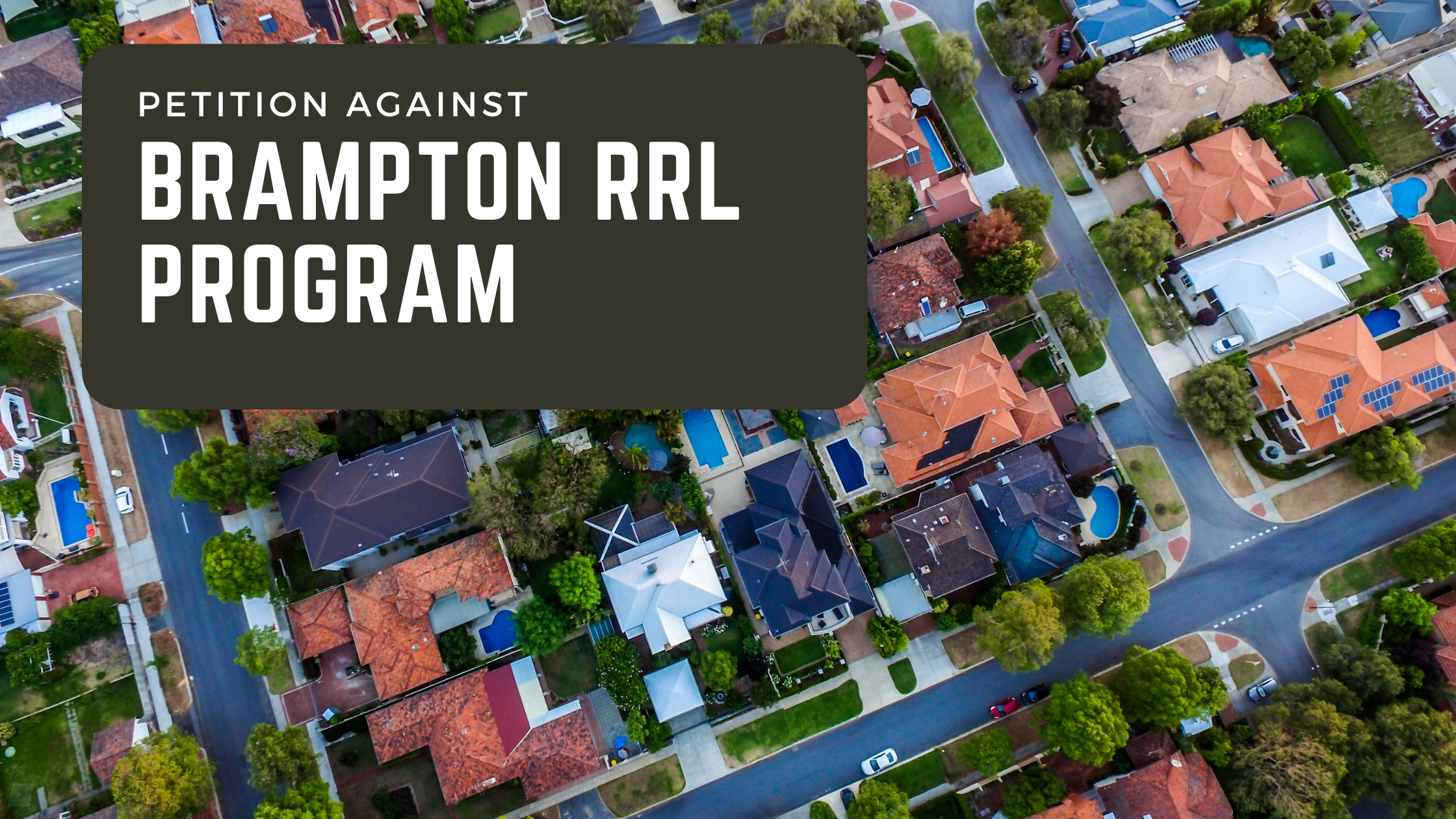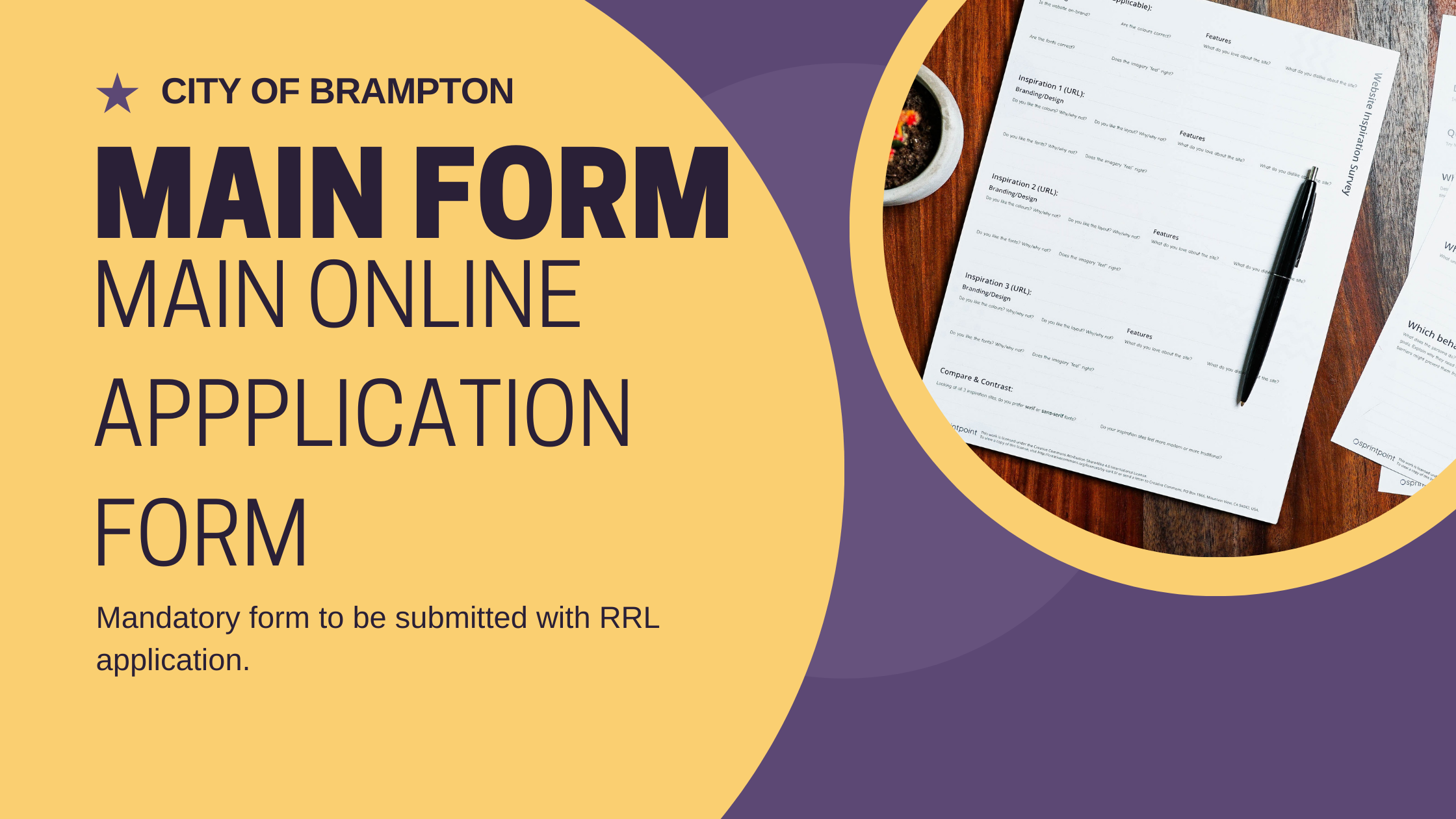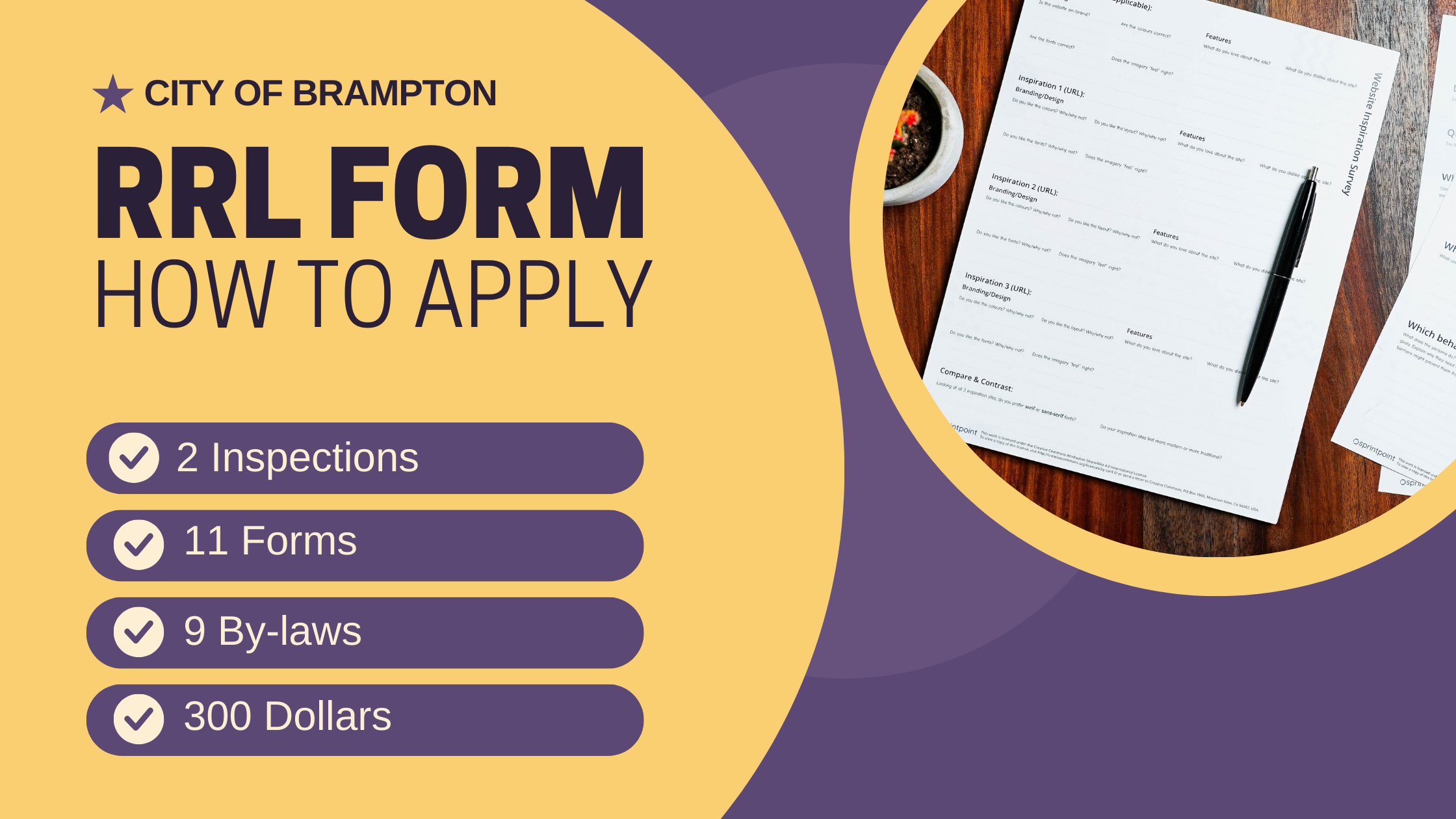While filling in Brampton’s Residential Rental Licensing (RRL) pilot program application form, “Property Standards and Safety Self-Certification Checklist” is a self declared mandatory that needs to be submitted along with the application. This checklist have got 6 sections and 9 city by-laws about the general upkeep of the rental property to maintain the standards of the neighbourhood.
Maintaining residential properties in compliance with local by-laws and standards is crucial for the safety and well-being of occupants and the surrounding community. This comprehensive inspection guide outlines key areas to evaluate in a residential property, covering outdoor spaces, building exteriors, occupancy and fire safety, interiors, kitchens and bathrooms, as well as basements. Property owners and landlords in the City of Brampton, Ontario, use this checklist to ensure that their units meet all necessary regulations.
Property Standards and Safety Self-Certification Checklist
The checklist contains self declaration about following sections
Property and Grounds:
The first section of the inspection guide focuses on outdoor spaces, emphasizing the importance of a well-maintained and safe environment. From visible address numbers to the condition of walkways and outdoor lighting, each aspect contributes to the overall safety and appeal of the property. Properly maintained swimming pools, parking areas, and the absence of damaged or inoperative vehicles are essential components to pass inspection.
Building Exterior:
The structural integrity of a property’s exterior is paramount. This section covers various components such as roofs, chimneys, doors, windows, and walls. Ensuring that these elements are in good repair, free from obstructions, and meeting prescribed standards helps prevent potential hazards and maintains the aesthetic appeal of the property. Adequate control of stormwater runoff is also highlighted to prevent flooding and nuisance to neighboring properties.
Occupancy, Passageways, and Fire Safety:
Safety within the property is a top priority. This section focuses on smoke detection systems, fire separations, interior stairs, and means of egress. Compliance with habitable floor area minimums and proper ventilation is crucial for the well-being of residents. The guide also stresses the importance of preventing egress routes from passing through unsafe areas, such as attached garages.
Building Interior:
The condition of interior spaces significantly impacts the comfort and safety of occupants. From walls and ceilings to lighting, doors, and windows, all elements are inspected for any signs of damage, deterioration, or safety hazards. Adequate heating, ventilation, and plumbing systems are critical for maintaining a habitable environment.
Kitchens and Bathrooms:
These spaces are scrutinized for structural soundness, proper water flow, and secure fixtures. Ensuring that hot water temperatures meet safety standards and that toilets are appropriately located are essential components of the inspection.
Basements:
Specific requirements for below-ground spaces include accessibility, fire separations, window specifications, and ventilation. Unfinished basements, crawl spaces, and cellars must be adequately ventilated to the outdoors.
This inspection guide not only serves as a checklist for property owners applying for licenses but also emphasizes the importance of maintaining residential properties to meet safety and compliance standards. By adhering to these guidelines, property owners contribute to creating a safer and more livable community in the City of Brampton. The consent to collect personal information underscores the commitment to responsible data handling in the process. Overall, this guide serves as a valuable resource for property owners seeking to uphold the highest standards in residential housing.




